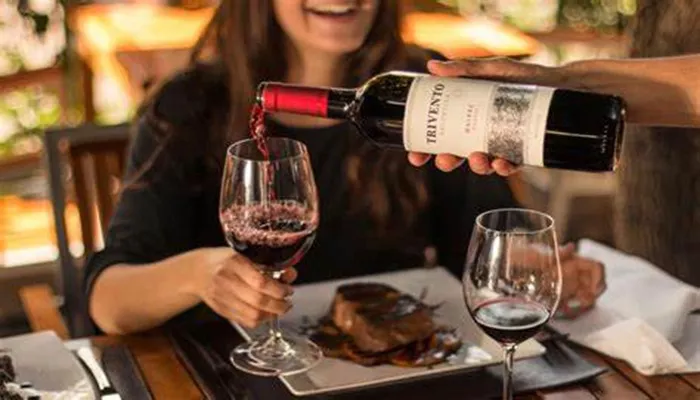Vietnam’s wine industry is on the cusp of significant expansion, driven by urbanisation, generational shifts, and rising affluence, according to Rob Temple, managing director of Sinowine. In a conversation with Vietnam Investment Review, Temple offered insights into the complex dynamics shaping the Southeast Asian beverage market and Vietnam’s position within it.
Navigating a Diverse Market
Southeast Asia remains one of the most diverse regions for food and beverage companies, presenting both challenges and opportunities. “Variation in food culture, language, economic development, and consumer education makes the market extremely fragmented,” Temple noted. While mature markets such as Singapore and Hong Kong exhibit strong familiarity with wine, spirits, and beer, emerging economies like Vietnam are only beginning to cultivate consumer bases in these categories.
Urbanisation is a major catalyst for change. With Vietnam nearing 40 per cent urbanisation, the nation has witnessed substantial improvements in retail infrastructure, restaurant standards, and distribution networks. These changes have broadened access to international products and diversified consumption channels.
At the same time, a generational shift is underway. While older consumers often prefer familiar options, younger demographics are more experimental, presenting fresh opportunities for wine producers willing to adapt.
Gen Z: The Impulsive Tastemakers
Asia’s approximately 600 million Gen Z consumers represent a transformative force in the alcohol industry. Temple described this demographic as “impulsive, trend-driven, and focused on short-term enjoyment,” making them both a lucrative market and a volatile one.
To engage Gen Z, producers must go beyond traditional strategies. Constant innovation, limited-edition products, and emotionally resonant storytelling are critical. “They want to share experiences and associate products with lifestyle,” Temple said, emphasizing the need for authenticity and emotional connection to build brand loyalty.
Barriers to Growth in Vietnam
Despite its promise, Vietnam’s wine sector still faces significant obstacles. Wine currently accounts for just 1 per cent of alcohol consumption in the country, dwarfed by beer at 91 per cent and spirits at 8 per cent.
According to Temple, distribution limitations and a narrow product range continue to hinder growth. Additionally, improper storage and service standards reduce the quality of the wine experience. “Training is essential,” he said, pointing to the need for knowledgeable restaurant staff, skilled sommeliers, and comprehensive importer support.
Vietnam’s regional diversity further complicates matters. Consumer behavior in Ho Chi Minh City differs markedly from that in Hanoi, requiring tailored strategies and deep local knowledge.
Vietnam’s Trajectory Mirrors Regional Peers
Comparisons with China and Thailand reveal a likely trajectory for Vietnam’s wine market. In both nations, beer and local spirits initially dominated alcohol consumption. Over time, public health messaging and a growing middle class helped wine gain acceptance.
China even promoted red wine as a healthful choice, accelerating adoption. Thailand, particularly in Bangkok, embraced premium wine culture before expanding to more accessible offerings. Today, China produces internationally recognised wines, while Thailand continues to diversify its market.
“Vietnam could follow a similar path,” Temple projected. “In 15 to 20 years, the country may develop a much more balanced alcohol market, perhaps with wine comprising a third of consumption, similar to Hong Kong.”
Global Trends Meet Local Realities
While global wine trends—such as organic labels, biodynamic practices, premiumisation, and low- or no-alcohol options—are gaining traction worldwide, their adoption in Vietnam remains nascent. “The market is still in the early stages of integrating wine into everyday culture,” Temple said.
However, growth in white and sparkling wine consumption, particularly in southern Vietnam, indicates evolving tastes. Unlike in more mature markets, premiumisation in Vietnam is driven by increasing disposable income rather than a desire to drink less but better.
Temple concluded that Vietnam is charting its own path, propelled by a young, dynamic population and growing prosperity. As consumers become more familiar with wine, the market is expected to expand organically—just as it has in other parts of the world.
You Might Be Interested In:


